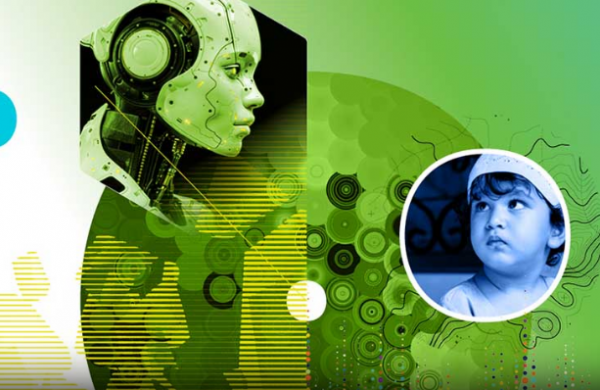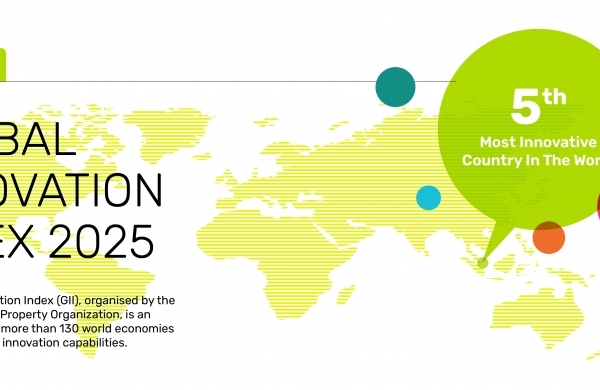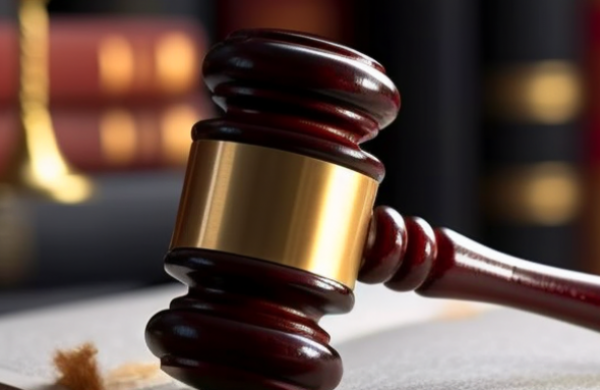Did not receive verification mail? Please confirm whether the mailbox is correct or not Re send mail

IPR Daily
- 2022-04-19 16:45:23
Korea:KIPO Publishes Examination Guidelines for Intelligent Robot Inventions
The Korean Intellectual Property Office (KIPO) published Examination Guidelines for patents on certain types of intelligent robot inventions ("Guidelines") on March 17, 2022. The Guidelines' purported goal is to address the need for clarity in examination standards for intelligent robot technologies, as new technologies (artificial intelligence (AI), internet of things (IoT), 5G, etc.) are increasingly integrated into robots with diverse applications in various industries (manufacturing, agriculture, general services, etc.).
The Guidelines define an "intelligent robot" as a robot that is capable of performing environmental perception, situational cognition, and autonomous mobility and manipulation, and intelligent robots generally incorporate features relating to various technologies such as AI technology, control technology, and technology specific to robot parts and components. The Guidelines focus specifically on intelligent robots with technical features involving “application of AI technology” (i.e., robots into which AI technology is systematically or organically integrated), while other intelligent robots whose technical features involve only technology related to controls or robot components would continue to be reviewed under general examination guidelines. Further, intelligent robots involving technical features relating to the AI technology itself, and not how AI technology is applied to the robot, may need to be reviewed under the existing AI-specific examination guidelines rather than these Guidelines. In short, different examination guidelines may be used to review different intelligent robots, depending on the primary technical features of the intelligent robot.
The Guidelines provide specific examples of intelligent robot inventions where AI technology is used as a problem-solving means, and thus where AI technology is applied as part of the technical features of the invention. Some notable guidelines are as follows:
- In order for an intelligent robot invention to be considered enabled, the application should provide specific details regarding AI technology involved (e.g., a machine learning model, correlation between input and output data, etc.), unless the invention could have been clearly understood by a person with general knowledge in the art at the time of filing.
- The inventiveness requirement can be satisfied as long as the specific means for realizing robot intelligence is different from the prior art, and there is an unexpected technical effect. In addition, simply adding a known AI technology may not be sufficient for inventiveness, but inventiveness may be found if the purpose and the problem to be solved by the invention are different from the prior art even if a machine learning model is used in a known manner.
It is hoped that the Guidelines will benefit applicants and practitioners by establishing more consistent examination standards for AI-related intelligent robot inventions.
Source:kimchang.com
Editor:IPR Daily-Selly
- I also said the two sentence
- Also you can enter 140words
 TOP IPR U.S. Lawyers 10 & Firms 10 Selection Officially Launched by IPR Daily
TOP IPR U.S. Lawyers 10 & Firms 10 Selection Officially Launched by IPR Daily WIPO Global Innovation Index 2025: China Enters Top 10
WIPO Global Innovation Index 2025: China Enters Top 10 Singapore ranks 5th in the 2025 Global Innovation Index; climbed two spots in Innovation Outputs
Singapore ranks 5th in the 2025 Global Innovation Index; climbed two spots in Innovation Outputs Federal Circuit lacks jurisdiction over award that doesn’t raise issue of patent law
Federal Circuit lacks jurisdiction over award that doesn’t raise issue of patent law


